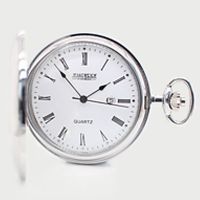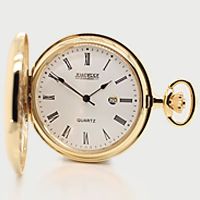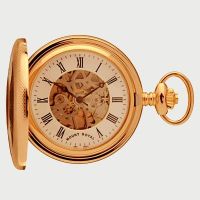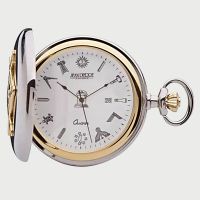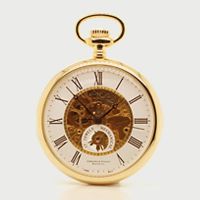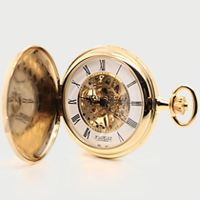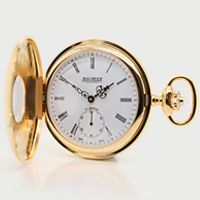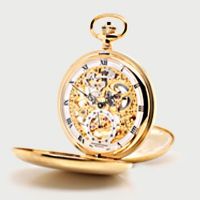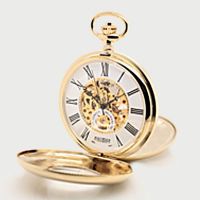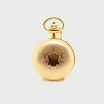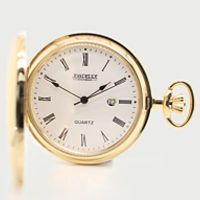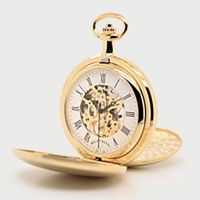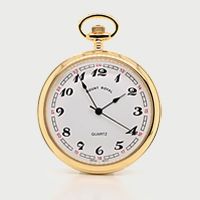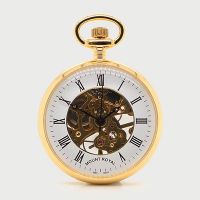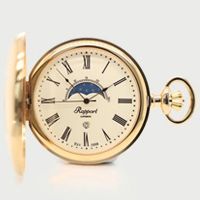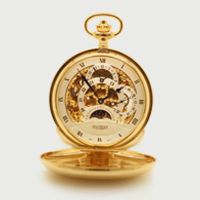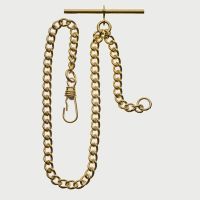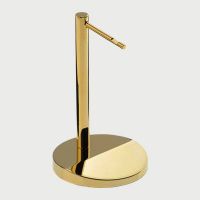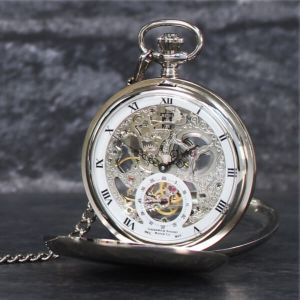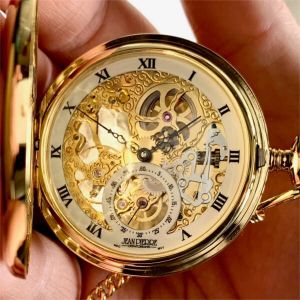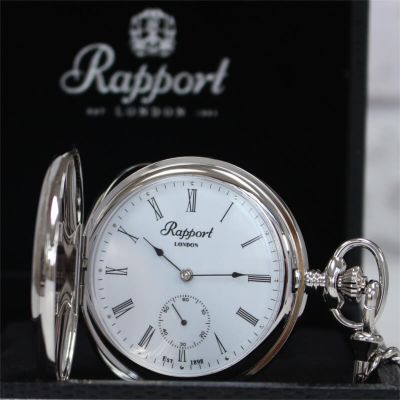History Of Pocket Watches
The Celestial Clock
Time meant nothing to man. Days revolved around natural progressions of day and night, summer and winter. Obviously over a period of time early man could see a pattern evolving and learned when to plant and harvest, hunt or gather food ready for the hard approaching winter months. Man still need something to help him pinpoint certain times in the day, and they noticed that the sun cast shadows differently in the morning than evening and the sun peaked lower and lower when winter was imminent. The moon also displayed patterns that they became familiar with.With this in mind they learned to use the sun and the moon to map out their days and this was know as the celestial clock.
Ancient Egyptians were the first to separate night and day into a 24 hour time frame. They called the hours "unequal" or "seasonal" because the lengths obviously changed with the seasons and between night and day as it was tied to the solar day. The celestial clock relies on the sun for it''s hour hand - as it passes from east to west it casts a shadow. A stick angled into the ground casts a shadow that moves in a semi circle around the stick; which has markers that divide the day into equal parts.
Sun dials work on the same principal. The sun movements also help tell the time of year because the sun drifts into the north during the summer and south for the autumn and winter months. The sun's position in the sky is higher in the summer and lower in the winter and sun dials progressed to use the changing seasons and the suns path to tell the time and to give an idea of the date. The moon's monthly cycle, along with its passage through the 12 constellations of the zodiac, indicates the months and becomes the calendar function of the celestial clock.

Time-Telling Inventions
Many inventions were created to try and tell a certain length of time - burning damp rope, burning oil in marked lamps, sand timers and water vessels pierced with holes allowing water to slowly trickle with indications showing the level of time. Most had their problems but the water vessel worked more reliably in warmer climates. Platto (c.428-c.347 B.C.), the Greek educator and philosopher, invented the water clock.
Added improvements to the design had floating figures pointing to the hour or the dripping water turn a small wheel, which connected it with a hand on a dial to show the time. A water clock was called a clepsydra and could be enormous for everyone to see or small and personal. The clepaydra, with its continuous even flow, kept an even 24 hours unlike the sun dial which could show solar time in uneven hours. City dwellers relied more on keeping time than those working on the land who relied more on nature to keep some type of time.
These workers used an abstract line with pinpoints marked as hours and minutes to keep track of the working day. Tihs allowed them to make appointments, work by selling, buying and distributing goods on an artificial time based on hours and minutes regulated by the even, continuous flow of man made time.
The Birth Of The Pocket Watch
Pocket watches have a long and fascinating history that traces their development for use by the upper classes to their eventual status as a compulsory tool for the working classes over the period of a few centuries. Pocket watches were first referred to in correspondence between craftsmen and members of the upper class in the fifteenth century, and it is believed that an early prototype of the pocket watch was worn in this era around the neck, rather than on a pocket watch chain, like an Albert T Bar chain. Historical figures such as the Duke of Modena, the Marchese di Manta and Meshur Sheyh Dede were all known to have used the first pocket watch designs.
The first wristwatch was made for Queen Elisabeth I in 1571, but they did not become common with a further miniaturisation of the pocket watch until the late nineteenth century, and then only for women. This remained custom until the early twentieth century, when men began sporting wristwatches in Europe as a fashion accessory. These early pocket watches were likely to be very heavy and rather inaccurate and certainly would only have included an hour-hand. In the years that followed many craftspeople, particularly blacksmiths, began to develop pocket watch designs. By the sixteenth century they were becoming a regular feature of upper-class society, though these models were still being fashioned from steel rather than the finer, more appealing precious metals.
The famous German watch-maker, Peter Henlein, furthered the growth of the pocket watch when he took his spring-loaded design to England in the 1520''s, from which point the fad of the pocket watch truly took off. Manufacturers in Germany, Italy and England supplied the rest of Europe and eventually the designs began to appear in brass, gold and silver instead of the less desirable steel. The seventeenth and eighteenth centuries saw great innovation in the realm of watch-making. While pocket-watches had originally only had an hour-hand, new developments with the inner spring-workings allowed for a minute-hand to be introduced. The number of wheels within the watch mechanism was increased, thus decreasing the number of times the watch had to be wound up each day (previously it had to be wound twice). Another clever design feature was the use of jewels, generally rubies, for use as bearings within the watch; reducing the drag and wear on the mechanical parts and allowing for a smoother, more accurate time-piece. Oil was also used to maintain the regularity of watches and to stop the parts from freezing up.
By the time the Industrial Revolution was in full swing in the nineteenth century and the railroads were criss-crossing all over the United States, United Kingdom and Europe, pocket watches had become an important part of middle and lower class society as well. Railroad workers in particular relied on the watches for time-keeping, an important element of their job which when done properly could ensure that no accidents, collisions or derailments occurred. The railroad companies ruled that all workers had to have a particular grade of pocket watch on them at all times, and this led to the development of the railroader's watch; now a collectors item.
With the introduction of the wrist-watch in the years leading up to World War I, and then the development of the quartz mechanism that made mechanic winding watches largely obsolete, pocket watches were relegated to the back seat in the watch world. The watchmaking industry took a beating during the early 1960's when the electronic watch age emerged; which was shortly followed by the quartz watch a decade later. Consumers began to abandon their old mechanicals for the new technology in keeping time. With the maturing of the quartz watch and dramatic reductions in the cost of producing these watch movements, the vast majority of quartz watches became a throw away commodity, it became almost a break even proposition as whether to service the existing watch or to buy a new quartz watch. Now pocket watches are on the come back, along with the many pocket watch accessories like pocket watch stands.
